What does Hinduism say about education | Ancient Hindu (India) education system | What values (life) does Hinduism teach?
Namaste friends, how are you doing today? Welcome to #BhagavanBhakthi website / blog.
Bhagavan Lord Sri Vishnu (Krishna) (Rama) blessings to you and your family!
In this website / blog, you will always learn about #Hinduism #Sanskrit language.
Also subscribe to my YouTube channel from this link #BhagavanBhakthi to view videos about #Hinduism #Sanskrit language.
Just before going to “What does Hinduism say about education | Ancient Hindu (India) education system | What values (life) does Hinduism teach?“, let us have some brief information.
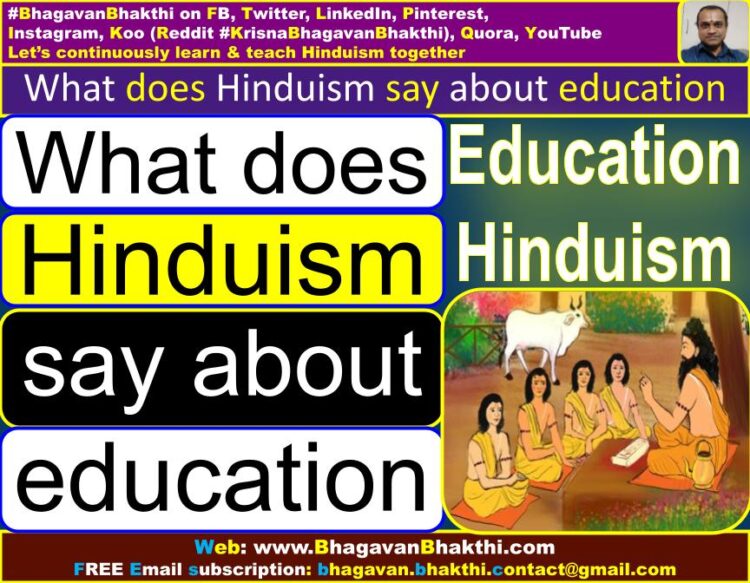
Information about Gurukula (education) as per Hinduism (Sanatana Dharma) is as given below:
Gurukula meaning : Gurukula = Guru + Kula = Guru (Teacher) + as part of the family. A Gurukula is a place where students (pupils) are part of a Guru’s (teacher) family and study Hindu texts in a place like ashrama (hermitage).
Gurukula written in Sanskrit : गुरुकुल or गुरुकुलं (gurukula or gurukulaṁ).
A Gurukula or Gurukulam, spelled Gurukul today, was an educational system in ancient India in which ‘students’ or ‘disciples’ lived in the same house (ashram / hermitage) with their Guru for a period of learning and get educated about Hindu texts in this place.
The term Gurukula or Gurukulam or Gurukul is used today to refer to residential monasteries or schools run by modern Gurus.
Students in Gurukul learn about the Vedas, Upanishads, Ramayana, Mahabharata, Brahmasutra etc. from their Guru(s) and help their Guru(s) in their daily lives including performing mundane daily household chores inside and outside of the ashram (hermitage).
However, according to ancient Indian Rishis and Munis activities are not just mundane, but are the most essential part of education to develop self-discipline in students.
Typically, the Guru does not expect any fees from his students as the relationship between Guru and student is considered very divine, spiritual and sacred.
At the end of education, a student offers Gurudakshina before leaving the gurukula (ashram / hermitage).
This Gurudakshina is a traditional gesture of acknowledgment, respect and gratitude to the Guru (teacher), which can be monetary, but also a special task that the teacher wants the student to achieve.
For example, when Lord Sri Krishna completed his Gurukula education, his Guru Sandipani requested Lord Sri Krishna to bring back his dead son.
Thus, Lord Sri Krishna went to other planets and brought back Guru Sandipani’s son. This is the greatness of our Supreme Lord Sri Krishna.

While living in a Gurukul, students stay away from their family and homes for many months to years.
In ancient India, through the Gurukul system, students were learning about Hindu Texts, self-discipline, good humanism and spirituality that would help them become enlightened individuals in the future.
Information about types of schools in ancient India is as given below:
Gurukul : Here teachers and students lived together. Guru(s) were imparting knowledge and life skills in Gurukul. It was basically a combination of Hindu Texts and practical education.
Councils : Basically various other experts (other Gurus from other ashrams) were called upon to shed their acquired knowledge on specific subjects to the students.
Tapasthali : In this system, many Gurus and students used to sit together and conduct large conferences, meetings etc. to impart knowledge on various subjects.
Information about subjects taught to the students in Gurukul is as given below:
In Gurukul, apart from Hindu texts like Vedas and Upanishads, students were learning about the holistic development too. The education system was comprehensive and involved various other subjects.
The teachings included Mathematics, Astronomy, Science, Languages, Medicine, Sports, Political Science, Yoga, etc. etc. etc.
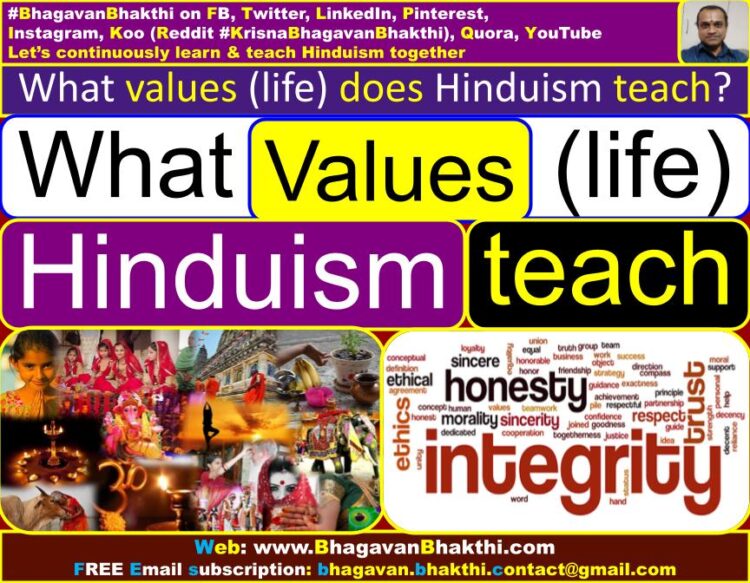
Different Gurukul names in ancient India (Ramayana and Mahabharata) is as given below:
Maharishi Vashishtha ashram : Lord Sri Rama along with his 3 brothers, that is, Lakshmana, Bharat and Shatrugna learnt from Maharishi Vashishtha in his ashram.
Sandipani Rishi ashram : Lord Sri Krishna along with his elder brother Balarama and friend Sudama learnt from their Guru Sandipani Rishi. This Gurukul was located in today’s Ujjain, Madhya Pradesh.
Dronacharya ashram : Both Pandavas and Kauravas learnt under the Guru Drona (Dronacharya). This ashram is located in today’s Gurugram.
Different Gurukul names which were destroyed by Mughals and others is as given below:
Taxila or Takshashila University : This university was named after the Ramayana’s Bharata’s (Bharat) son name Taksha. Taksha used to rule this city of Takshashila.
According to the great epic Ramayana, the city was founded by Bharata (Bharat), the son of Kaikeyi and Dasharatha and the younger brother of Lord Sri Rama. This university is located in today’s Pakistana, Taxila.
Mithila University : In the Ramayana, Mithila is the native land of Goddess Sri Sita Devi, the wife of Lord Sri Rama.
According to the Ramayana, the court of her father, King Janaka, attracted various scholars and philosophers from all over the world. It was located in today’s Bihar and Nepal region.
Telhara University : Telhara was a Buddhist pilgrimage site in ancient India. It is mentioned as Teladhaka in the writings of the Chinese traveler Hiuen Tsang who visited the place in the 7 A.D.
It was located in today’s Indian state of Bihar, in Nalanda district (Ekangarsarai (Gram Panchayat).
Sharada Peeth Temple University : Sharada Peeth (University) is a ruined Hindu temple and education center of ancient India.
Between the 6th and 12th centuries CE, it was among the most prominent temple universities in the Indian subcontinent. It is located in today’s PoK, state of Kashmir, district Neelam Valley.
Nālandā University : This university was a renowned mahavihara (Buddhist monastic university) in ancient Magadha region (today’s Bihar), India.
Considered by historians to be the world’s first residential university and among the greatest centers of learning in the ancient world, it was located near the city of Rajagriha (now Rajgir) in Bihar.
Valabhi (Vallabhi) University : Valabhi (Vallabhi) University was an important center of Buddhist learning center.
It was justified because of Hinayana Buddhism between 600 CE and 1400 CE. During 480-775 CE Valabhi (Vallabhi) was the capital of the Maitraka Empire.
It is an important port for international trade in Saurashtra, currently known as Valabhi in Bhavnagar district of Gujarat.
Pushpagiri University : Pushpagiri is an ancient Indian Mahavihara or monastic complex located on the Langudi Hill in the Jajpur district of Odisha, India.
Puspagiri is mentioned in the writings of a Chinese traveler named Xuanzang (c. 602 – c. 664) and some other ancient sources.
Odantapuri University : Odantapuri (also known as Odantapura or Uddandapura) was a major Buddhist monastery in present-day Bihar Sharif in Bihar, India.
It is believed to have been founded by the Pala ruler Gopala I in the 8th century. It is considered to be the second oldest of the Mahaviharas in India after Nalanda and was located in Magadha.
Vikramshila University : This university was one of the three major Buddhist monasteries in India along with Nalanda and Odantapuri during the Pala Kingdom.
Its site is now the site of Antichak village in Bhagalpur district of Bihar. Vikramashila was founded by the Pala emperor Dharmapala (783 to 820 AD) in response to a decline in the standard of scholarship at Nalanda.
Somapura University : Sompura Mahavihara or Paharpur Buddhist Vihara is one of the best Buddhist Viharas or monasteries of Indian subcontinent located in Paharpur, Badalgachi, Navgaon, Bangladesh.
It is one of the most prominent archaeological sites in the country. It is one of the most famous examples of architecture in pre-Islamic Bangladesh. It dates from a period to the nearby Halud Vihara and to the Sitakot Vihar in Nawabganj Upazila of Dinajpur District.
Bikrampur University : Bikrampur Vihara is an ancient Buddhist vihara located in Raghurampur village, Bikrampur, Munshiganj district, Bangladesh.
This monastery is situated in Raghurampur village under Rampal Union of Sadar Upazila of Munshiganj District.
Morena Golden Triangle University : Morena in the Chambal division of Madhya Pradesh was a center of university education from the 8th century.
An inscription found in the Chaunsath Yogini temple at Mitawali mentions the temples of Mitawali, Padavali and Bateswar as a golden triangle where a famous university existed.
Kanthalloor Sala University : Not only North India but also South India was the center of ancient Indian education. Excavations are yet to take place on a large scale in the southern part of India.
Archaeological excavations at Keeladi, also known as Keezhadi in Tamil Nadu, have led to the discovery of a civilization dating back to around 2500 to 3000 years ago.
Jagaddala University : Jagaddala Mahavihara was a Buddhist monastery and center of learning in Varendra, a geographical unit in present-day North Bengal, Bangladesh.
It was founded by a later king of the Pāla dynasty, probably Ramapala (c. 1077–1120), probably on the Indian border, near Paharpur, near the present village of Dhamoirhat upazila in northwestern Bangladesh.
Nadia University : Nadia, formerly known as Navadvipa (Navadvipa), at the confluence of the Ganga and Jalangi rivers in Bengal, was founded after the destruction of the Nalanda and Taxila (Takshashila) Universities.
The university site had three centres, Navadweepa, Shantipura and Gopalpura. There are records of students studying in this university for almost 20 years.
Nāgārjuna Vidyapeeth : Nagarjuna was an Indian Mahayana Buddhist thinker, scholar-saint and philosopher.
Nagarjuna is widely regarded as the founder of Madhyamaka (middle) Buddhist philosophy and the guardian of the Mahayana movement.
Coins issued by the Satvahana rulers, inscriptions of Gautamiputra Vijaya Satakarni have been discovered. Coins and inscriptions of Ikshvaku kings have also been found at the site of Nagarjuna Vidyapeeth.
More information about education system in ancient India is as given below:
A person who does Vidya-daanam (teaching) to a satpatra (deserved one), is considered to be a Shreshtha (great). Because of such a Vidya-daata (Teacher), 100 Vamshams (families) will be saved.
Of the daatas (donator) a Vidya-pradata (someone who teaches or a teacher) is like Lord Sri Vishnu, Goddess Sri Lakshmi in stri-jaati (among Devis).
In the previous Kalpam (Kalpa), there used to be a Brahmin (Brahmana) by name “Sangira”. He used to do dustarkam (misconduct) with Panditas (Learned Brahmins).
Though he didn’t had enough knowledge, he used to have durahankaram (arrogance) that he was a knowledgeable man.
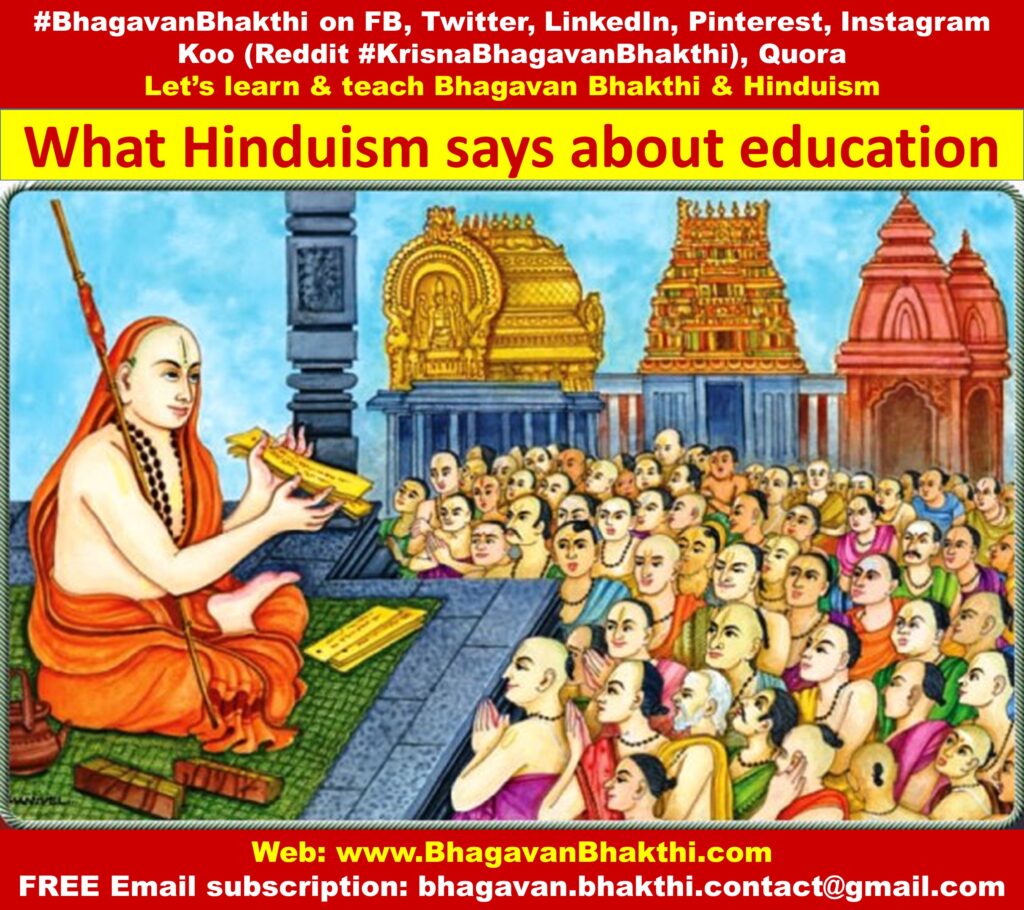
Sangira was a Hetuvaadi (the rationalist). He never thought about paramartham (ultimate truth) and always tried to do dustarkam (misconduct) and show his ill-greatness.
Sangira used to do Veda-ninda (The abuse of the Vedas)! He used to say Vedas were written by humans!! Similarly Smrutis.
Sangira also used to do Purana-ninda (The abuse of the Puranas) and Itihaasa-parihasam (reduculing Hindu / Sanatana Dharma history).
Without shame and fear, Sangira used to take wrong meanings of Sadvishayams (proper and correct news) and do their dooshanam (blaming).
Panditas (Learned Brahmins) used to close their ears unable to bear the words of this fellow.
In those days, the shiksha (punishment) for such people was Desha-bahishkaaram (to exclude from the country), since if he is left like that itself, he will spoil the others too.
Thus, Sangira was pushed out of Bharata-desham (India). Sangira reached Mleccha-desham (Highly inhuman and almost zero education and there people eat cow’s meat).
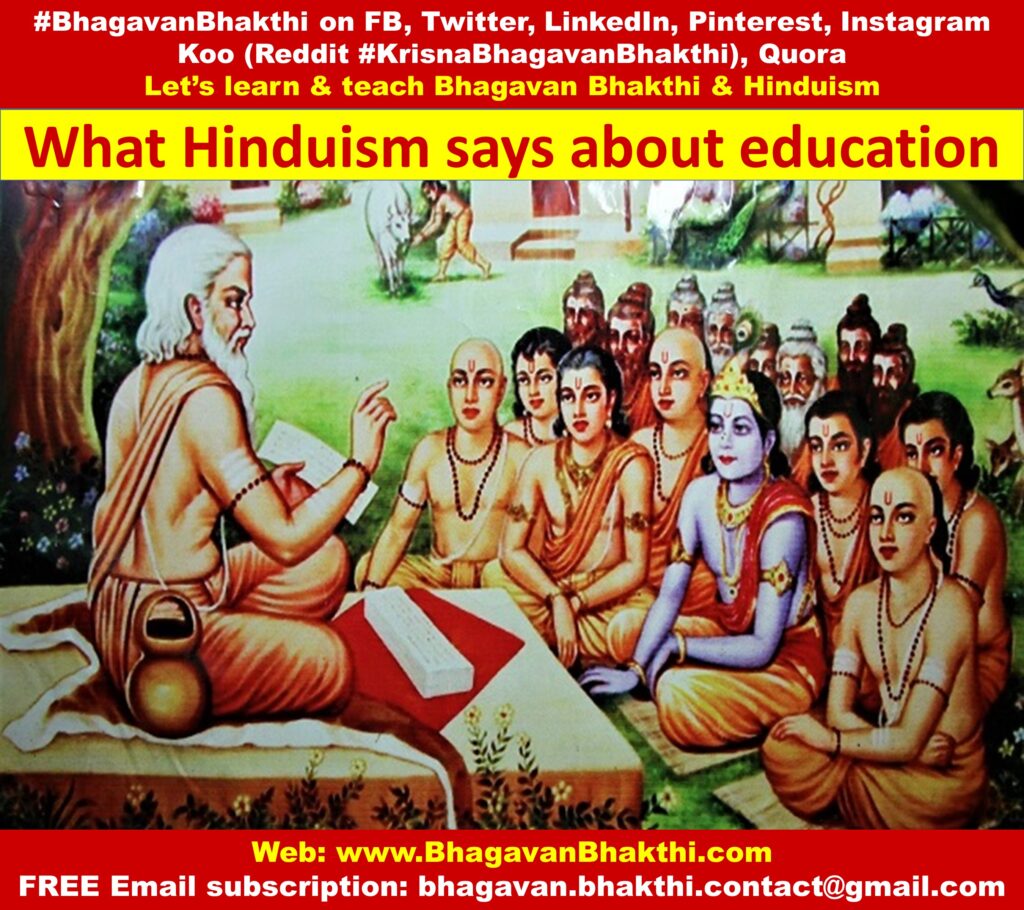
There also he continued his Kutarkam (cunningness) and finally vidhivashah (fate) Sangira died there itself.
Reaching Yama Loka, crossing the Vaitaranii-nadi (to reach Yama Loka, one has to cross the Vaitaranii-nadi, a river), itself was difficult for this paapi (sinner). Somehow, finally Sangira reached Yama Loka.
Yama Dharmaraja (Lord Sri Yama Deva), ordered that he must experience all the shikshas (punishments) that were there, since there is no paapa-karyam (The act of sin) which he didn’t do!
The klesham (tribulation) Sangira experienced in Narakam (Hell) can’t be described. There was no end for his shikshas (punishments).
How much ever the Yama-kinkaras (soldiers of Lord Sri Yama Deva) tortured, Sangira’s papam (sin) was not at all decreasing.
Even others in the Narakam (Hell) used to say “he is a mahaa-paapi – big sinner” (because he was experiencing many new shikshas / sins which they never experienced).
Once, Shatananda, the son of Gautama Maharshi and Ahalya Devi, and the Purohita (priest) of Janaka maharaja, came there (In Yama Loka).
Being a Dayardra-hrudaya (kind hearted), Shatananda was not able to see the difficulties of the people in the Narakam (Hell).
Shatananda also saw Sangira, due to the small Punyam (good deed) Sangira had done in his life.
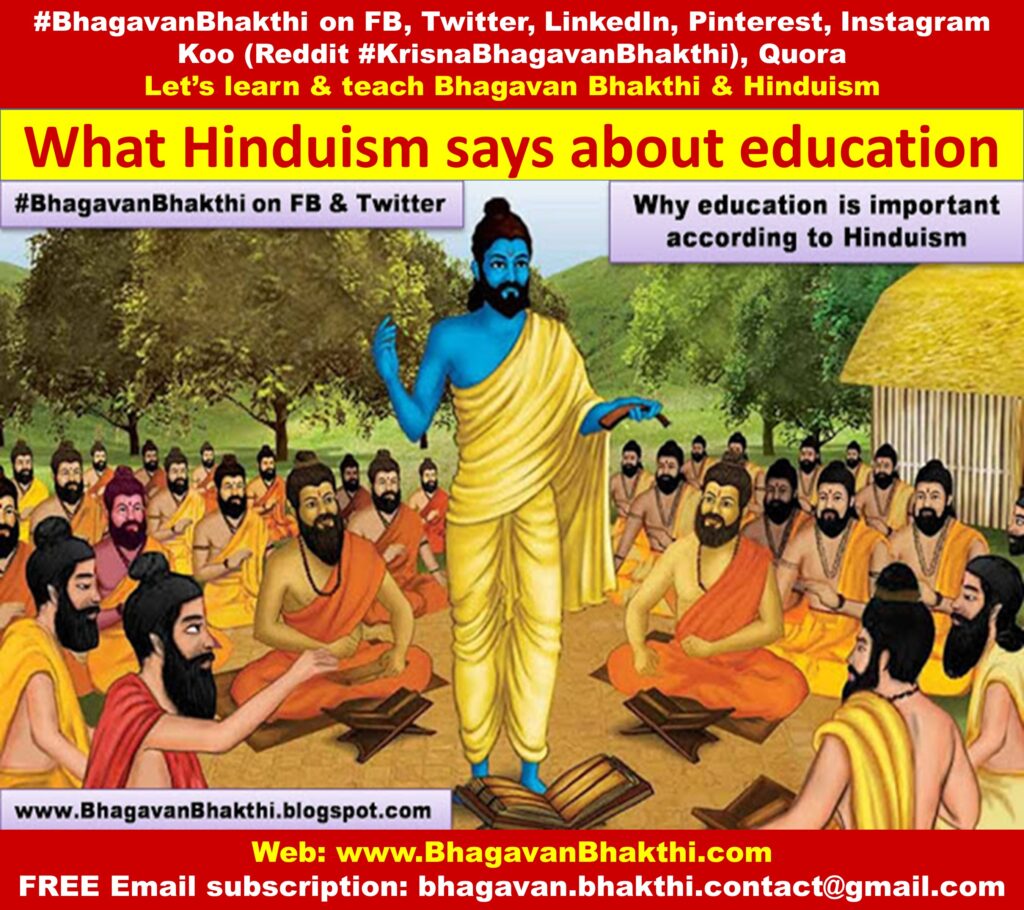
Shatananda then did bodhanam (preached) of Shiva-vidya (Lord Shiva’s teachings) to the people in the Narakam (Hell).
Just because of Shiva-vidya-shravanam (knowledge about Lord Shiva – education), Naraka Lokam (Hell) became Naaka Lokam (Svargam)!!
Sangira did pranamam (promise) to Shatananda, the Shiva-vidya-pradata (Teacher of the Lord Shiva’s teachings) and became a Punyatma (pious soul) (this doesn’t happened immediately, but took very long time).
Our Hindu Shastras (Texts) say that:
1. Shilpa-vidya-daanam (teaching sculptor) : This gives Brahmaloka-praapti (Brahma Loka / Satya Loka – Lord Sri Brahma Deva’s world).
2. Kalaa-vidya-daanam (teaching art) : This gives Vishnuloka-praapti (Lord Sri Vishnu Loka / Vaikuntha).
3. Aayurveda-vidya-daanam (teaching Ayurveda) : This gives Ayaachakaloka-praapti.
4. Tarka and Mimamsa shastra bodhanam (teaching Tarka and Mimamsa) : This gives Vaarunaloka-praapti (Lord Sri Varuna Deva’s world).
5. Dharma-shastra bodha (teaching Dharma) : This gives Swarga Lokam (Lord Sri Indra Deva’s world) and saves Pitrus (our ancestors) from Narakam (Hell) for 10 Manvantarams.
6. Veda-vidya-daanam (teaching Vedas) : This gives Swargaloka-nivasam for 3 Kalpams (To stay in Swarga Loka for up to 3 Kalpas).
7. Aatma-vidya-daana phalitam (About soul) : This cannot be counted (Sankhyaatiitam)!
8. Brahma-vidya-daanam : This gives phalam (fruits) of doing all daanams (donations)!!
9. Vidya-dana-phalam (teaching / education) is got by following things too : “an Upadhyaya (teacher) who makes Vidyarthis (students) to study well,
giving Anna-daanam (food) or Vastra-daanam (clothes) to Vidyarthis (students), Granta-daanam (grantas) to a satpatra (good character people), organizing purana-pravachanams (teaching puranas) by Panditas etc.”
“Without education and knowledge nothing can be achieved as per Hinduism (Sanatana Dharma)”.
PS : Even today there are many Mleccha deshams (countries). In these deshams (countries) they do ninda (Use reproaching words) of Bharatiya Sampradaaya (Indian culture).
Mlecchas talk too much ugly things of our Hindu (Santana Dharma) Puranas, our itihasas, of our Bhagavan, Mahabharata, Ramayana, Vedas, etc.
They speak too much ill of Bhagavan (Lord Sri Vishnu), the Mleccha people say opposite of what we say.
There are many-many Mleccha people still living in Bharata-India too, even today. We need to be very careful of these kind of people.
More information will be added to this on regular basis, please visit after some time to know more information.
To know about “Pandavas information, facts, etc.“, please check the below link:
Pandavas information, facts, etc.
To watch videos on #Hinduism #Sanskrit language, SUBSCRIBE to my YouTube channel from this below link:
#BhagavanBhakthi YouTube channel
Continue reading to know about “Mahabharata information, facts, significance, importance” from here:
Mahabharata information, facts, significance, importance
Continue reading to know about “Lord Sri Vishnu information (facts) (details)” from here:
Lord Sri Vishnu information (facts) (details)
To watch about “Lord Sri Krishna information” YouTube video, click the below YouTube video link:
Lord Sri Krishna information (YouTube videos)
To read about “Lord Sri Krishna information (website / blog reading)“, please click the below link:
Lord Sri Krishna information (website / blog reading)
Dear friends, if you need any clarifications about this post, kindly let me know, I will definitely try to answer all of them.
Also your one LIKE, one COMMENT, One Share, one SUBSCRIPTION is highly important.
This will help to know the quality of this content and also it will be helpful to know if any improvements is required for the content.
If you feel this content is useful to you and has helped you to improve your knowledge, kindly share this with your well-wishers.
Because “SHARING MEANS CARING”.
To receive FREE EMAIL SUBSCRIPTION about #BhagavanBhakthi, you can send an email to [email protected] from your email ID.
NAMASTE!
Sri Gurubhyo Namaha
Sri Krishnaaya Namaha
Sri Krishnaarpanamastu
Share in Social Media